- Nice to use
- Not bad
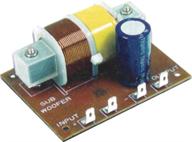
8
·
Very good


| Speaker Type | Subwoofer |
|---|---|
| Brand | Nippon America |
| Item Dimensions LxWxH | 3 x 3.5 x 2 inches |
| Speaker Maximum Output Power | 400 Watts |
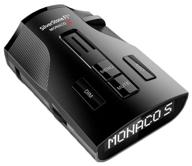
SilverStone F1 Monaco S radar detector

82 Review
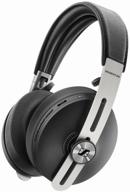
Sennheiser Momentum 3 Wireless headphones, black

110 Review
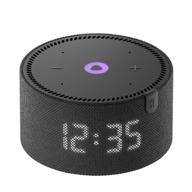
Smart Column Yandex New Station Mini - smart column with Alice (with watch), black onyx

432 Review

📹 2020 70Mai Smart Dash Cam 1S - Recorder Camcorder with 1080p, Night Vision, Wide Angle, G-Sensor, Loop Recording, App WiFi, Voice Control

187 Review
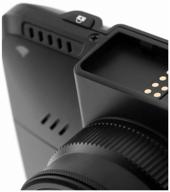
Roadgid CityGo DVR 3 Wi-Fi, 2 cameras, black

64 Review

70mai Dash Cam Lite: Full HD 1080P, Smart Car Camera 🚗 with Sony IMX307, G-Sensor, Wide Angle FOV, Night Vision & Loop Recording

52 Review

DVR Roadgid Blick GPS WIFI, 2 cameras, black

120 Review
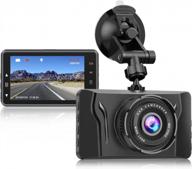
Upgrade Your Car'S Safety With CHORTAU'S 2023 Dash Cam - 1080P FHD, 170° Wide Angle, Night Vision, And More

44 Review
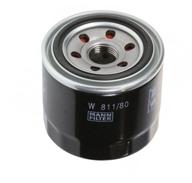
🔍 MANN-FILTER W 811/80: The Optimal Oil Filter for Enhanced Engine Performance

11 Review
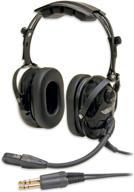
ASA HS-1 Aviation Headset: Elevating Communication and Safety in the Skies

8 Review

🎧 Alpha Pilot Headset Flight Bag (Black) – Streamlined Flyer Solution

8 Review

🎧 FARO Aviation Headset Converter: Low to High Impedance Adapter for General Aviation (GA) and Military Headsets

9 Review